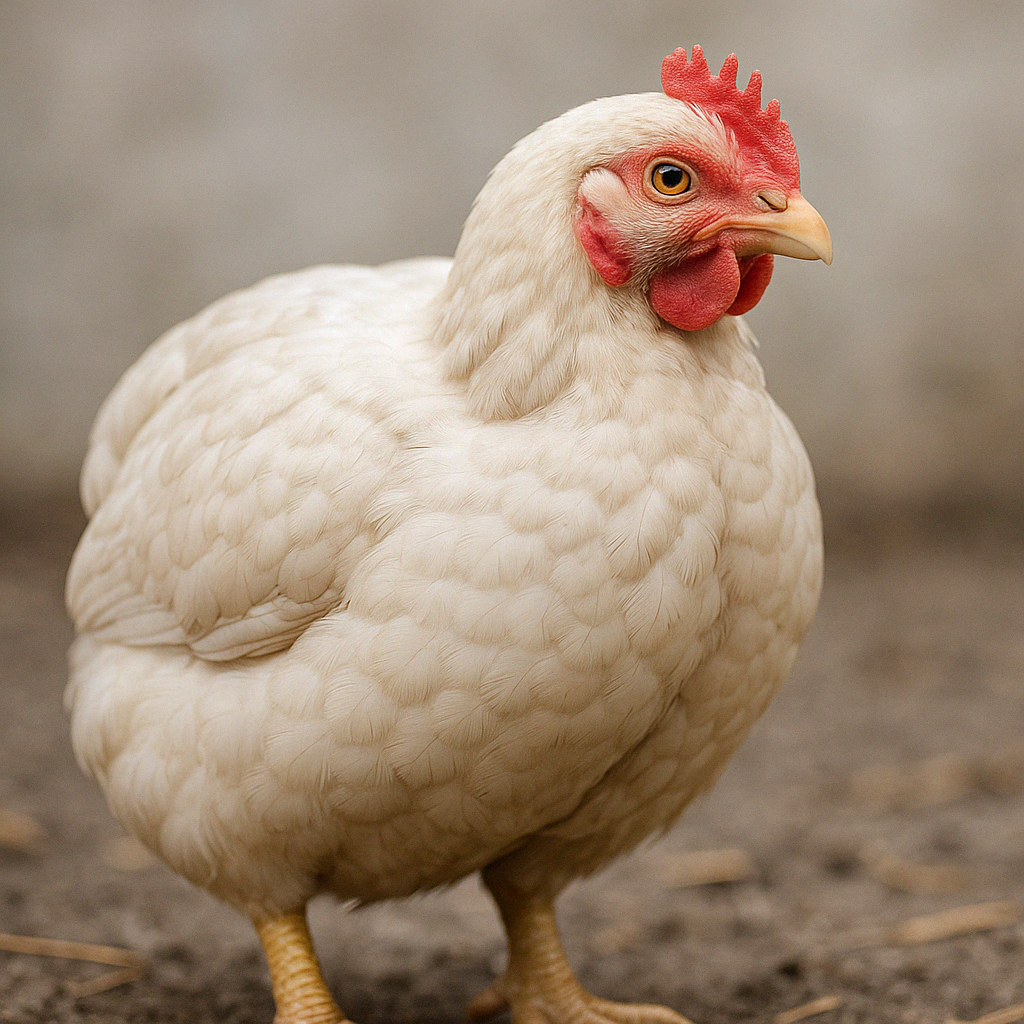Your cart is currently empty!

Raising Cornish Cross Chickens: The Fastest Path to Homegrown Meat
Cornish Cross chickens are the go-to meat bird for a reason—here’s how to raise them successfully on your homestead.
Introduction
If you’re looking to raise your own meat birds and fill your freezer fast, Cornish Cross are the birds for the job. These hybrid chickens are bred specifically for rapid growth and efficient feed-to-meat conversion. But with their speed comes a few unique care requirements.
This guide walks you through exactly what to expect—from brooder to butchering—and how to raise healthy, productive Cornish Cross chickens.
📌 Learn More: Freedom Rangers vs. Cornish Cross
Why Choose Cornish Cross?
- Fast growth – ready to butcher in just 6–8 weeks
- High feed conversion – more meat per pound of feed
- Large breast meat – the cuts most people want
- Reliable results – consistent size, shape, and finish
Perfect for homesteaders who want to raise meat quickly and affordably.
What You’ll Need
- Brooder with heat source (heat lamp or brooder plate)
- Chick starter feed (20–22% protein)
- Clean water and feeders
- Bedding (pine shavings work well)
- Grow-out pen or tractor for weeks 3–8
Cornish Cross Growth Timeline
| Week | Key Milestone | Tips |
|---|---|---|
| 1 | Arrival day-old chicks | Heat at 95°F, check often |
| 2 | Fast weight gain begins | Reduce heat to 90°F |
| 3 | Move to grow-out area | Lower heat, expand space |
| 4–5 | Explosive growth phase | High-protein feed essential |
| 6–8 | Butcher time | Most ready by week 8 |
Feeding Cornish Cross
- Use high-protein starter for the first 4 weeks
- Switch to grower or broiler feed for weeks 5–8 (18–20% protein)
- Some homesteaders use 12-hours-on, 12-hours-off feeding schedules to reduce leg issues
💡 Tip: Always provide fresh water and check feeders multiple times a day
Common Challenges (and How to Avoid Them)
- Leg problems: Avoid slippery floors, use restricted feeding
- Heart issues: Don’t overfeed or let them sit constantly
- Heat stress: Provide shade and airflow, especially in summer
- Too little space: These birds get big—fast! Cramped space causes issues
When to Butcher
- Most homesteaders butcher at 6–8 weeks for tender meat
- Average dressed weight: 4–7 lbs per bird
- Use ice water bath to chill birds quickly after processing
🛠️ Pro Tip: Plan your processing day in advance and prep equipment ahead of time

Leave a Reply